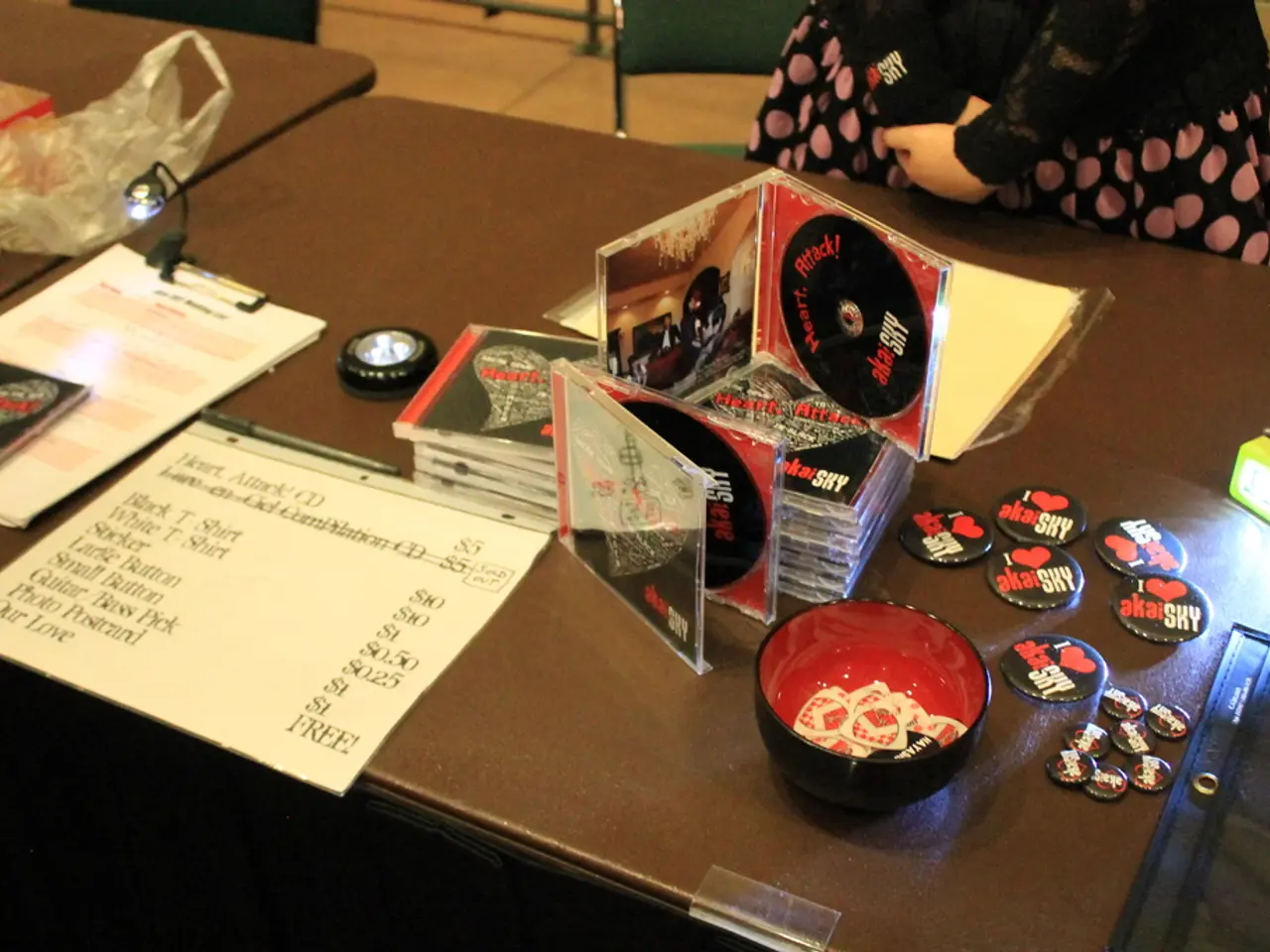Old-school music industry features reminisced upon, including vinyl stores, radio promotions, and other retro music-related elements.
======================================================================================
The launch of Napster on June 1, 1999, marked a pivotal moment in the music industry, ushering in the digital age and fundamentally altering the way albums are released, artists are promoted, and music is discovered.
Album Releases and Anticipation
In the pre-Napster era, record labels spent weeks building hype around an album, with formal announcements, coordinated media interviews, and physical presence at radio, TV, and print outlets. Napster disrupted this by enabling instant, free access to entire albums via peer-to-peer file sharing, reducing the industry's control over release timing and diminishing the traditional anticipation cycle for new music.
Artist Promotions
Traditional promotion relied on gatekeepers like radio stations and music journalists who organized in-person interviews or events. Post-Napster, the rise of digital platforms and social media allowed artists to promote music directly to fans, bypassing many former intermediaries. This disruption forced artists and labels to adopt more direct, technology-driven promotion strategies, including viral marketing and online engagement.
Music Discovery
Napster democratized music discovery by making millions of songs instantly accessible to everyone with internet access, breaking down geographical and economic barriers. Listeners could explore entire catalogs freely, rather than relying on retail store availability or radio playlists. This broad access laid the groundwork for streaming services like iTunes (2003) and later Spotify, which formalized digital music consumption but kept the ethos of instant, expansive exploration alive.
Impact on the Industry’s Business Model
The music industry initially fought Napster through lawsuits, but ultimately had to adapt to a new digital marketplace characterized by legal digital sales and later subscriptions. This transition led to the rise of platforms offering convenient, legal access to music, reshaping revenue streams away from physical album sales toward digital downloads and streaming.
Cultural and Technological Legacy
Napster's "move fast and break things" ethos inspired a generation of tech entrepreneurs and disrupted other industries, setting a precedent for innovative, rule-challenging startups like Airbnb and Uber.
In summary, Napster’s 1999 launch marked the digital age’s inflection point in music, transforming album release strategies, artist promotion channels, and how audiences discover music—leading to the streaming era and a fundamentally altered music industry landscape.
The advent of Napster also led to a decline in traditional promotional events such as free concerts on the street, and a shift away from A&R scouts combing smoky bars and clubs for new talent. Listening to a new album before its release became less of a special experience, and most junkets for album promotions are now extinct, with interviews conducted via Zoom instead of in-person.
However, it took the music industry around 15 years to fully adapt to the changes brought about by digital music. In the interim, events like an acoustic Coldplay performance that drew over 2,500 people outside studios, blocking rush-hour traffic on Yonge Street, remained memorable. Radio promo singles were often released without notice, and the only place to hear them was through radio broadcasts. Impromptu visits by artists to radio and TV stations were common, with all programming stopping for such events.
Before the internet, music release was compartmentalized by territory, with significant delays between international releases. Local stores often imported records ahead of the North American release, but they were expensive. Programs like Live in Toronto featured live, uncensored artist interviews almost every weekday, and The Edge in Toronto had a feature called the Live Mic, where any artist who popped in would be immediately put on the air for a spontaneous interview.
Radio channels like MuchMusic were significant for music discovery, with artists obligated to appear on them. HMV used to give away compilations of individual songs from artists with upcoming or just-released records in partnership with local radio stations.
As we look back on the impact of Napster, it's clear that the digital age of music was significantly accelerated by its release. The music industry has since adapted to this new landscape, with streaming music services providing instant access to over 200 million songs. While the industry continues to evolve, the legacy of Napster remains a powerful reminder of the disruptive power of technology and innovation.
- The launch of Napster not only altered album releases and discovery but also reshaped how artists are promoted, as the rise of digital platforms and social media enabled musicians to speak directly to their fans, circumventing traditional gatekeepers.
- The cultural landscape of entertainment was also significantly affected by Napster, with its "move fast and break things" ethos inspiring disruptive startups in various industries and ultimately leading to the digitization of entertainment and lifestyle, making music more accessible and changing the way audiences discover and consume digital content.







